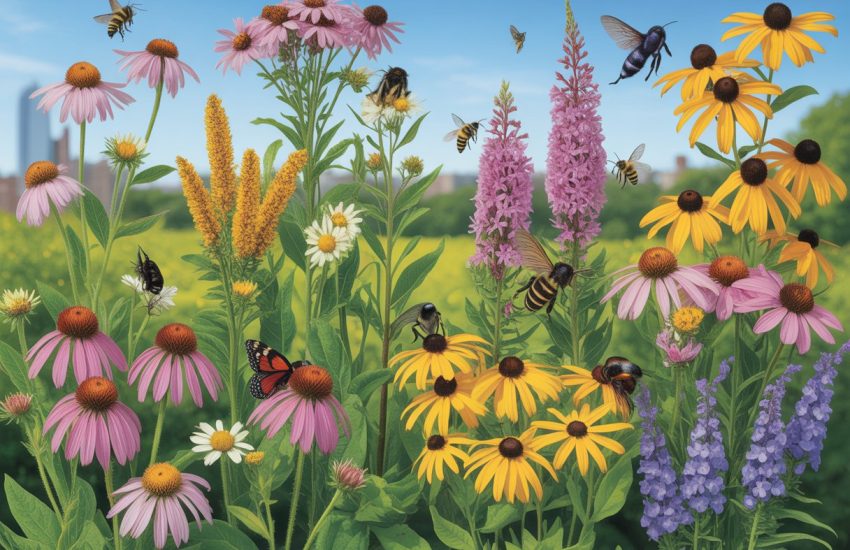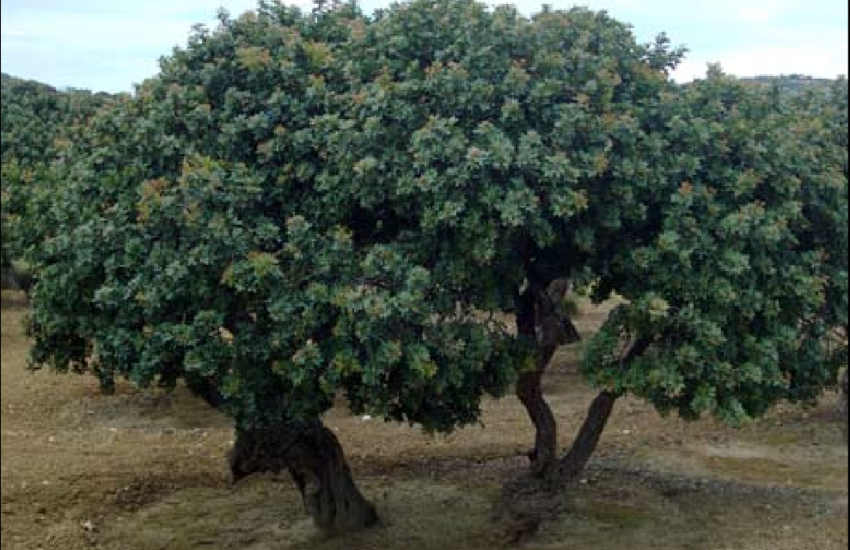How to Grow Strawberries From Seed
Strawberries are a favorite fruit in almost every culture and cuisine because of their sweetness, juicy flavor, and plump, red appearance. And while many people frequently cook with them and eat them, very few have thought about growing them. Good news: Growing strawberries from seed is reasonably simple and affordable.
The North American native plants don’t care where they grow as long as you can provide for their bare necessities. Remember that growing strawberries from seed is a lengthy process; depending on your region and the length of the growing season, your plants probably won’t start producing fruit until the following year. But if you take the proper precautions and have some patience, you will eventually enjoy the rewards, knowing that you took good care of the tasty berries right from the start.
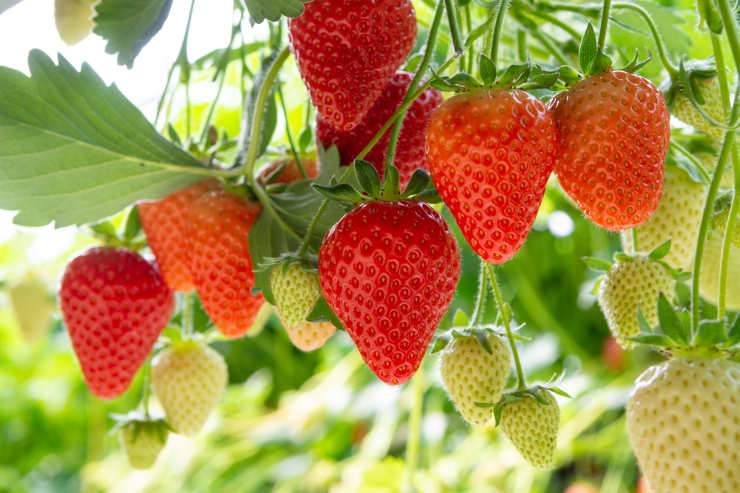
Strawberries are frequently cultivated from bare-root plants, which are roots that have formed from developing seeds. These plants are simpler to start in a garden. However, it is also possible to grow strawberry plants from seeds; it just requires a lot of time and special attention to ensure the best growth.
Additionally, since strawberries are a simple and well-liked fruit to grow, timing your planting is essential for a plentiful crop. Learn how to grow strawberries from seed with this helpful guide, and in no time, you’ll be relishing delectable homegrown fruit straight from your plot. We’ve provided a detailed description of the procedure so you can begin raising your very own strawberry crop.
How Long Does It Take to Grow Strawberries from Seed?
In one to six weeks, your seeds will begin to sprout. Following that, you can move them into a bigger pot or outside. Your plants will mature and start producing strawberries in about 12 to 18 months. To prevent them from drying out, keep them in an area that receives plenty of light and use a propagator with a lid.
Heat can also hasten the germination process. If planted in the spring, you might see some fruit in the fall, but the main harvest will be in the following spring. Since strawberry plants need their first summer to establish themselves and grow, plants raised from seeds begin bearing fruit in their second summer.
The same holds for runners propagated during the summer and will soon bear fruit. The strawberry plants will be self-sustaining for as long as you take good care of them, so you won’t have to start from seed again unless you want to try a different variety.
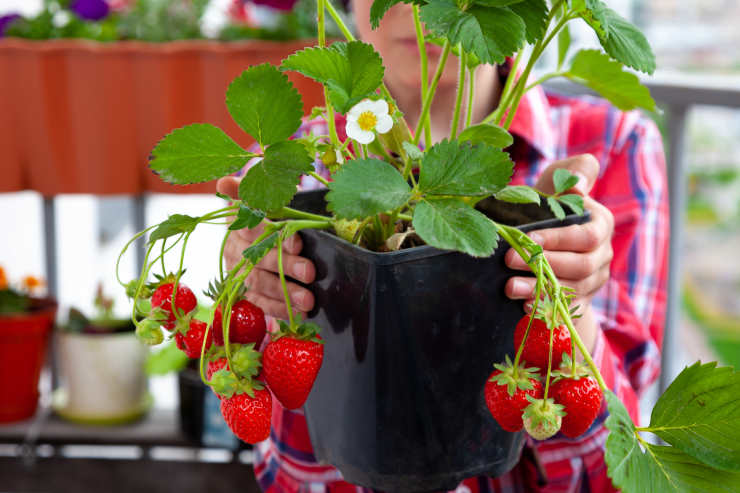
Is It Hard to Grow Strawberries from Seed?
The most affordable way to have lots of strawberry plants is to learn how to grow them from seed, but this method also requires the most patience because strawberry seeds can take up to a month and a half to germinate.
Almost anywhere is a good place for strawberry plants. These plants won’t discriminate between interplanted areas that require ground cover, raised beds, containers, or in-ground gardens. Additionally, their roots don’t get very deep. Therefore, you can probably plant there if you can find a place for a container of some kind or designate a particular area of the garden.
Although they grow well in most climates, strawberries thrive in nutrient-rich soils. Check the pH of the soil as well because the seeds require a pH between 5.4 and 6.5.
They are still not the most straightforward plant to grow. Your strawberries will survive almost without effort, but it will take some effort to get a plentiful harvest. You can have delicious, freshly picked strawberries right from your yard with little knowledge, time, and effort.
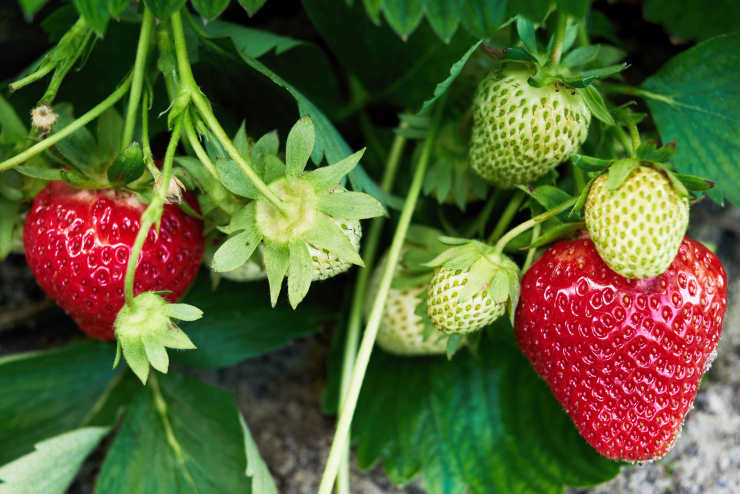
Can You Grow Strawberries from Fresh Seeds?
The short answer is, no, you shouldn’t use fresh seeds. The seeds need to cover a few stages before they are ready to be planted. Here are some tips on how to save and prepare your seeds. First things first, saving the strawberry seeds. There are two methods you can choose from:
- Into a standard blender, add your ripe strawberries. They should be blended on high for 3 to 5 seconds with a cup of water. Don’t blend for more than five seconds to avoid damaging the seeds. Give the elements a minute or two to settle. The seeds that are still viable will sink, while the seeds that aren’t will float with the pulp. Pour the water off the fruit pulp, and bad seeds after the useful seeds have settled to the bottom. The seeds should be rinsed before being placed on paper towels or a low-heat dehydrator to dry. When they are completely dry, store them somewhere cool and dry.
- Your thumb and forefinger can be used to rub a strawberry after it has been completely dried or dehydrated to help the seeds fall off. The seeds should be separated from the chaff and kept in a cool, dry environment.
After saving the seeds, now it is time to germinate them. Put the seed packet in a plastic bag with a tight seal and store it in the fridge for a month. Take the entire sealed plastic bag out of the fridge after a month, but do not open it. While it’s still sealed, let it warm to room temperature to avoid condensation on the cold seeds.
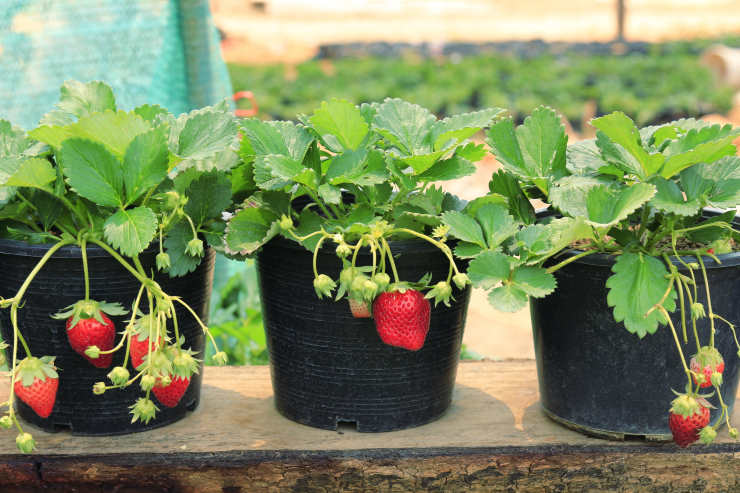
The seeds will warm up and be ready to plant after about a day on the counter. Although some strawberry seeds don’t need to be stratified in the cold, it can be difficult to tell which ones you have. They may germinate without it, but it won’t harm them even if they don’t.
What Is the Fastest Way to Germinate Strawberry Seeds?
When learning how to grow strawberries from seed, getting the seeds to sprout is the most difficult part. Most strawberry seeds need to be cold-stratified to germinate, and they won’t come out of dormancy until they have experienced winter-like conditions.
Start by giving your seeds a few days to germinate before putting them in a warm location. Dab them with a damp paper towel when they’re dry, and then distribute your seeds over a damp piece of paper. The entire sheet should be placed in a plastic bag, sealed, and kept warmly. Once or twice a day, add water as needed.
Begin fertilizing the seedlings while they are still indoors. For the first month of growth, germinate with liquidized kelp every two weeks. Make the fertilizer twice as strong after the first month. Fill the holes designated for each transplant with organic fertilizer before moving the strawberries outside after transplanting, hydrate, and cover with straw mulch.
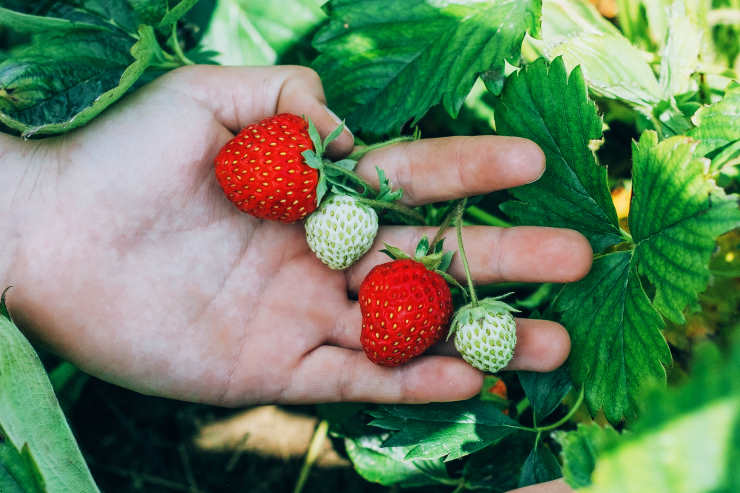
Mulch helps the soil retain moisture while preventing undesirable weeds from overrunning your garden. After your harvest, you won’t need to feed the strawberries again. Compost should now be incorporated into the soil surrounding the plant. Because strawberries are perennials, they come back every year, and by taking good care of the soil, they will grow back even more robustly.
What Month Do You Plant Strawberry Seeds?
Many gardeners, including strawberry growers, agree that timing is critical when growing a garden. When starting strawberries from seed, keep them indoors until the last frost.
Because strawberries are native to colder climates, stratifying the seed packet will improve sprouting. Starting from seed in December is a good time. But you can begin whenever you want between December and the early days of February.
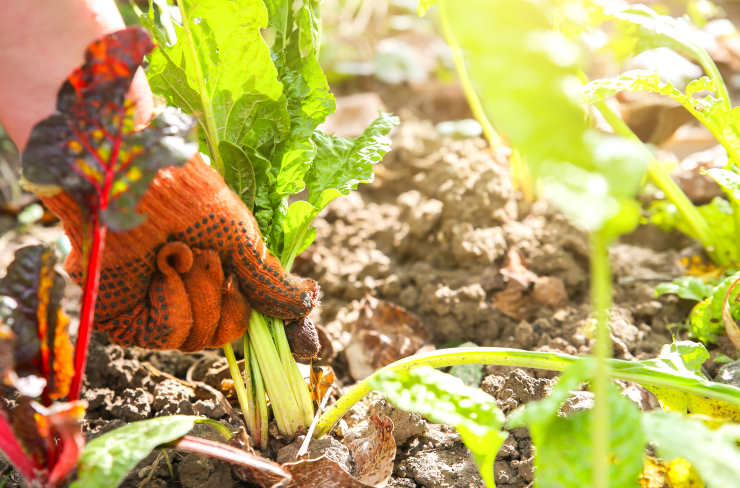
After that, they will continue to produce plants, though the first season’s berry production might not occur. 3 weeks or more after the final frost, transplant out. If the strawberry seedlings are to grow to plant size by spring, they must be placed in the fridge for stratification 14–16 weeks before the last frost and kept chilled for 3–4 weeks before planting.
Do Strawberry Plants Come Back Every Year?
If the plants are healthy, strawberry plants will come back every year because they are perennials. The lifespan of a strawberry plant is roughly six years, but fruit production noticeably declines after the first two years. Strawberry leaves can die in the winter, but the roots can withstand colder temperatures. Strawberry plants will sprout from their roots every year, assuming their roots are strong enough to withstand the cold weather.
On a commercial scale, strawberries are typically grown as annuals, even though they can survive in temperate climates for several years. As plants age, their vigor declines, while weed and disease problems frequently worsen.
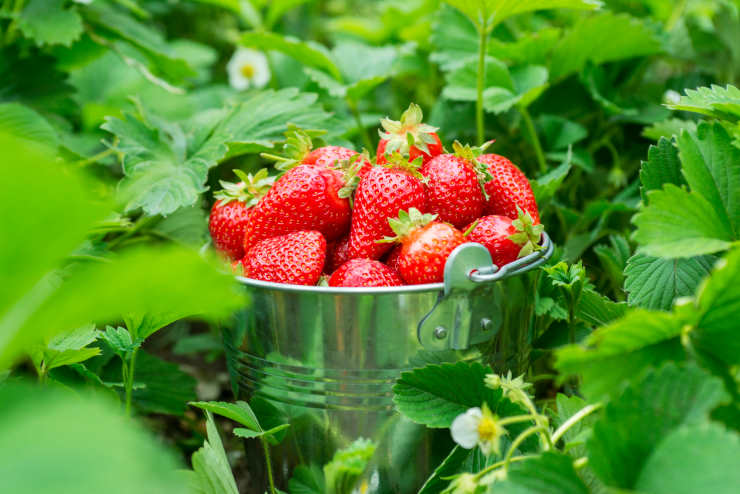
Strawberries are much better suited to their perennial nature in a home garden, but they need winter weeding, pruning, and mulching. Some gardeners prefer to grow new stocks of strawberry plants every year, treating the plants as annuals. After learning how to grow strawberries from seed, you can choose between cultivating them as a perennial fruit shrub or an annual vegetable.
How to Plant the Seeds?
Because strawberry seeds are so tiny, they should be sown at or close to the soil’s surface. In seedling trays, start with a pre-wetted seed starting mix. Put three to four seeds on top of the soil in each cell. The seeds should be gently tamped down, but they shouldn’t be covered with soil because strawberry seeds also need light to germinate in addition to cold stratification.
Water the soil’s surface lightly and maintain it that way until the seeds begin to sprout. The time it takes to germinate varies greatly and can range from 1 to 6 weeks. Be patient, place the trays in a warm, sunny area, and watch out that the soil doesn’t get too wet or dry. Transplant the seeds into larger, individual pots six weeks after they sprout. The young strawberry seedlings should be planted outside in six weeks once the last spring frosts have passed and they are 2-3″ tall.
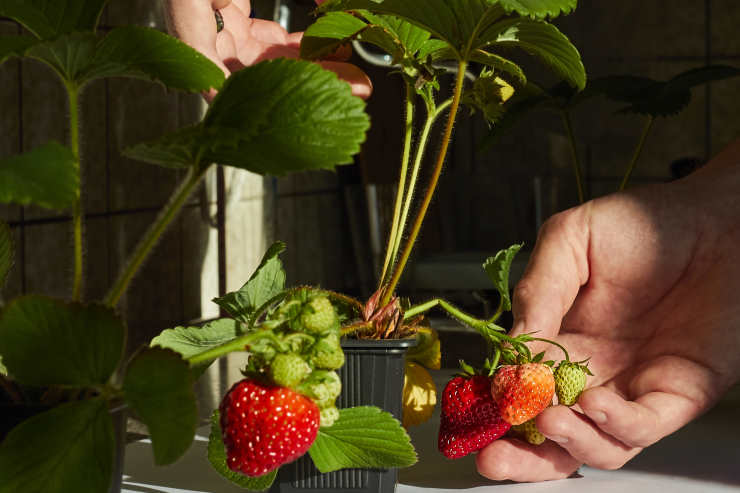
Harvesting
The first year after planting the seeds, strawberries will probably not be ready for picking because gardeners frequently pinch off the blooms to focus energy on the plant itself. The strawberry plant can now focus all of its energy on growing strong roots and leaves, essential for fruit production in its second year of growth. You’ll have strawberries in no time, and then it’ll be harvest time.
You must monitor the water levels in your plant between sowing and harvesting, and you must then keep an eye out for the blossoms. Strawberries will grow from the blossoms. After the blossoms fade, the strawberries emerge, which are small and white.
When it’s time to harvest them, use garden scissors to remove the fruits, leaving the green tops uncut, and cut the berry off at the stem. If they are not nearly ready to fall off, you shouldn’t pick them up until they are.
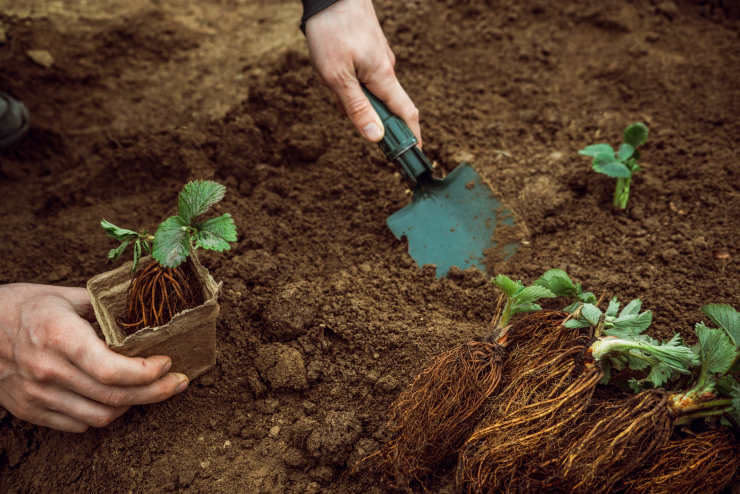
If you remove the stems from the strawberries, they will look nicer. Never pull at a strawberry because you risk upsetting the plant’s root system because you are pulling from the plant. Strawberries that haven’t been washed can be kept in the fridge for three to five days.
The strawberries should be covered once the growing season is over. This can be accomplished with row covers, mulch, or even fleece staked over the strawberry plants. Thanks to this, they will stay warm throughout the winter and into the following season.
Conclusion
Nothing is more satisfying than picking fruits that you have grown yourself, particularly after the time-consuming process of watching your plants develop into lovely strawberries. One of the most popular fruits in the world, strawberries are widely available in every market. However, growing them from scratch can be more cost-effective and relaxing. As you can see, it’s not very difficult to grow strawberries from seeds, and it will be worth the effort.
Lastly, I hope you now have all the information you need to grow strawberries from seed. You can watch those tiny seeds develop into a full strawberry with a little time, care, and effort.
You may also be interested in:
Pros and Cons of Dethatching Lawn

